Contribute to promoting green economic development
Planting and converting large timber forests is a sustainable development direction that many localities in Phu Tho province are implementing, aiming to improve economic efficiency, create jobs, increase income for people and protect forests, contributing to the protection of the ecological environment. However, to continue the transformation from small timber forests to large timber forests and promote sustainable forestry economic development, it is necessary to continue to implement synchronous solutions.
Forest rangers propagate to people about planting and protecting forests in Tien Kien commune, Lam Thao district.
Identify the difficulties
To promote sustainable forestry development, the province has issued a number of policies to support large timber plantations, with the goal of creating large timber material areas for deep processing; improving economic and environmental efficiency, conserving biodiversity, promoting the certification of production forests to increase the added value of the forestry sector. According to calculations by professional agencies, compared to small timber plantations, profits from large timber forests are many times higher depending on the age of exploitation and tree diameter. The average yield of planted forests is from 70 - 75 m3/ha/5-year cycle. Meanwhile, with a large timber plantation cycle of 10 - 12 years, the average yield can be up to 250m3/ha, with profits increasing by about 18 - 25 million VND/ha/year.
As one of the households with a large forest area in Tat Thang commune, Thanh Son district, Mr. Dinh Duc Tho shared: “Planting and converting from small timber forests to large timber forests brings many benefits, not only saving seedlings, planting and care costs but also reducing pests and diseases, limiting forest land degradation, and protecting the ecological environment. Replicating effective models is important to increase the area of large timber forests, helping people benefit from the forests, thereby gradually improving the quality of forest wood each year. Therefore, functional agencies and localities need to continue to promote propaganda on economic and environmental efficiency as well as provide technical guidance on forest planting, planting and care, and support with seedlings for people”.
In Doan Hung district, one of the difficulties in implementing the conversion of large timber forests is that households with small, fragmented forest areas do not have enough conditions for support; the number of forest product production and processing units in the area is relatively large, however, the needs of these units are mainly for raw processing such as chips, sawn boards, planks, and peeled boards, so they mainly need small wood materials; there have not been formed large concentrated wood material areas with large enough areas to facilitate joint ventures and joint investments in infrastructure. In the area, there is no typical model of large timber plantations to serve as a basis for demonstrating the actual economic problem of comparing the two types of forests. These factors also have a great impact on the conversion of local planted forests.
Comrade Nguyen Duy Lam - Deputy Head of Doan Hung Forest Protection Department said: Another reality is that planting large timber forests has a long business cycle, requiring capital, while the economic conditions of households are still difficult. Therefore, forest owners often plant small timber forests with a short cycle of 5-7 years because they have a faster source of income to cover their living expenses, or can quickly turn around for further investment. On the other hand, the forest rangers in localities are quite thin, not qualified to regularly follow each family and cooperative to mobilize, support, and supervise people in converting large timber forests.
Towards sustainable forest management, the province has developed a Plan for agricultural, forestry and fishery development until 2020, with a vision to 2030, including planting and converting large timber forests of over 8,000 hectares in Thanh Son, Tan Son, Yen Lap, Cam Khe, Doan Hung and Ha Hoa districts. In particular, with the policy of supporting and encouraging agricultural and rural development, all cooperatives, cooperative groups, farm owners and households will receive the first support when the forest is 6 years old or older and has implemented technical measures to convert large timber, with a support level of 7 million VND/ha, and the second support after 3 years of implementing the first support, with a support level of 5 million VND/ha. The province will also support 70% of the cost of sustainable forest certification at a time, with a maximum support level of 300,000 VND/ha... At the same time, businesses and households will be encouraged to join forces to invest in intensive forest planting to develop large areas of timber forests in the province commensurate with the available potential in the locality.
Check the area of large timber forests converted in the province.
To complete the goal of converting large timber forests
Identifying forestry as a potential and advantage in local economic development. In recent years, the province has implemented synchronous solutions, strengthened incentive policies, and supported the promotion of forestry economic development. In particular, promoting the application of technical measures, focusing on investment in planting and converting large timber forests - currently an inevitable trend of the province's forestry sector, not only bringing high economic benefits to forest growers but also contributing to reducing soil erosion, leaching... protecting the environment and responding to climate change. In 2024, the whole province planted nearly 9,500 hectares of concentrated forests, reaching 103% of the plan; planted 2.5 million scattered trees, reaching 105% of the plan; cared for over 28,000 hectares of planted forests. Converted over 330 hectares of large timber forests; granted FSC sustainable forest management certificates to nearly 14,000 hectares; The average productivity of large timber plantations is 18m3/ha/year. Thereby contributing to increasing income for people.
Currently, Yen Lap district is focusing on developing large timber trees and medicinal plants to specify the goals, tasks and solutions to effectively implement Resolution No. 42-NQ/HU on developing the forest hill economy, focusing on large timber trees, medicinal plants and fruit trees in the period of 2021-2025. In particular, focusing on effectively using resources; maximizing internal strength and people's contributions to develop the forest hill economy; encouraging, creating opportunities and favorable conditions for economic sectors to actively invest in developing the forest hill economy, promoting the potential and strengths of each locality and the whole district. By 2025, the district strives to plant 1,200 hectares of concentrated forests each year, plant and convert 400 hectares of large timber forests; develop 2,600 hectares of cinnamon and medicinal plants, 7,740 hectares of natural forests, increasing the coverage to 61%.
The goal of the provincial forestry sector by 2025 is to promote planting and converting 20,000 hectares of large timber forests, of which 15,350 hectares will be newly planted and 4,650 hectares will be converted; support the granting of FSC sustainable forest certification for 25,000 hectares of forest; and the productivity of planted forests will reach 17m3/ha/year. To achieve this goal, it is necessary to implement synchronous solutions from the stage of planning suitable planting areas; effectively carry out propaganda and mobilization work for people and businesses and mobilize all social resources for the development of large timber business; technical solutions from the stage of selecting and creating varieties, planting and caring, harvesting and processing; policies and guidelines of the State.
In the coming time, all levels, sectors and localities need to continue to strengthen the propaganda of the Party and State's policies on forestry development in general, and the development of large timber forests in particular. Especially the policy of supporting the conversion of large timber business forests. Support and encourage enterprises to cooperate with forest owners to form large-scale raw material areas, invest in planting large timber forests, and cultivate sustainably to achieve sustainable forest management certification (FSC) in the following manner: Enterprises invest capital and technology, forest owners contribute capital with land use rights, when there are exploited products, they enjoy benefits according to the capital contribution ratio, forming a value chain of forestry products, increasing market competitiveness.
Along with that, promote research and development of high-quality and high-yield varieties, select high-yield varieties, suitable for developing large timber forests with each site condition; build a model of forestry cultivation applying high technology to increase the value of forestry production. At the same time, strengthen the inspection, examination and supervision of the management of seeds and materials in the province to ensure the quality of seeds and materials exported to the market, contributing to increasing the output, quality, value of forests, and socio-economic development in the province.
Comrade Tran Quang Dong - Deputy Head of the Provincial Forest Protection Department commented that over time, the large-scale timber plantation model has attracted many households to participate in forest planting. This shows that people are aware of the benefits and role of the large-scale timber plantation model, gradually abandoning the old method of forest planting. Large-scale timber plantation not only brings economic benefits but also contributes significantly to the protection of the ecological environment, response to climate change, reducing land use, and increasing sustainability in forestry production activities...
Economic Reporter Group
Source: https://baophutho.vn/ky-ii-thao-go-rao-can-de-dat-muc-tieu-226592.htm


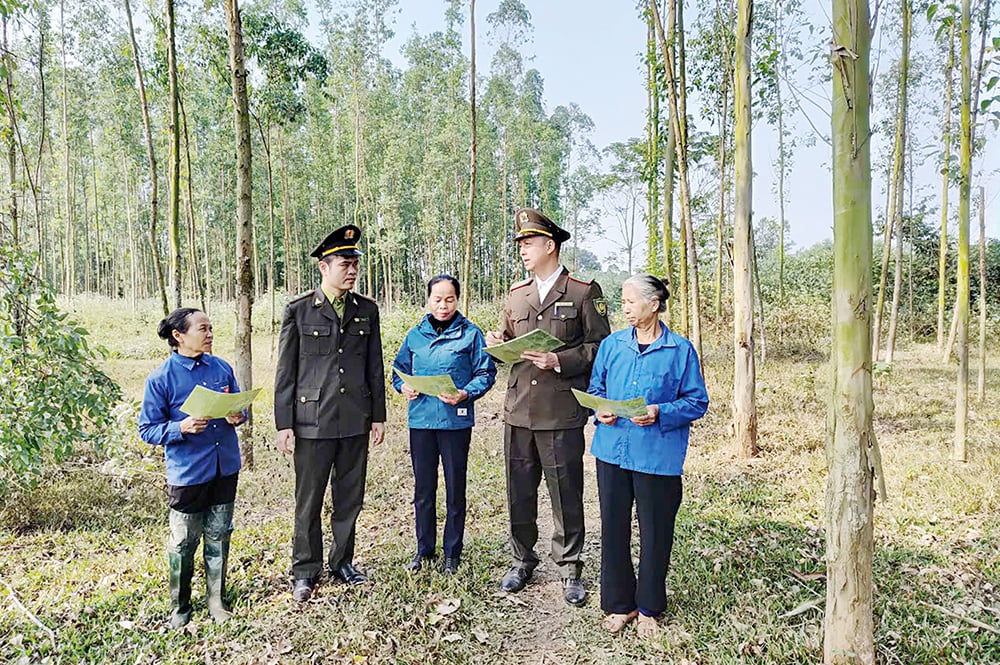
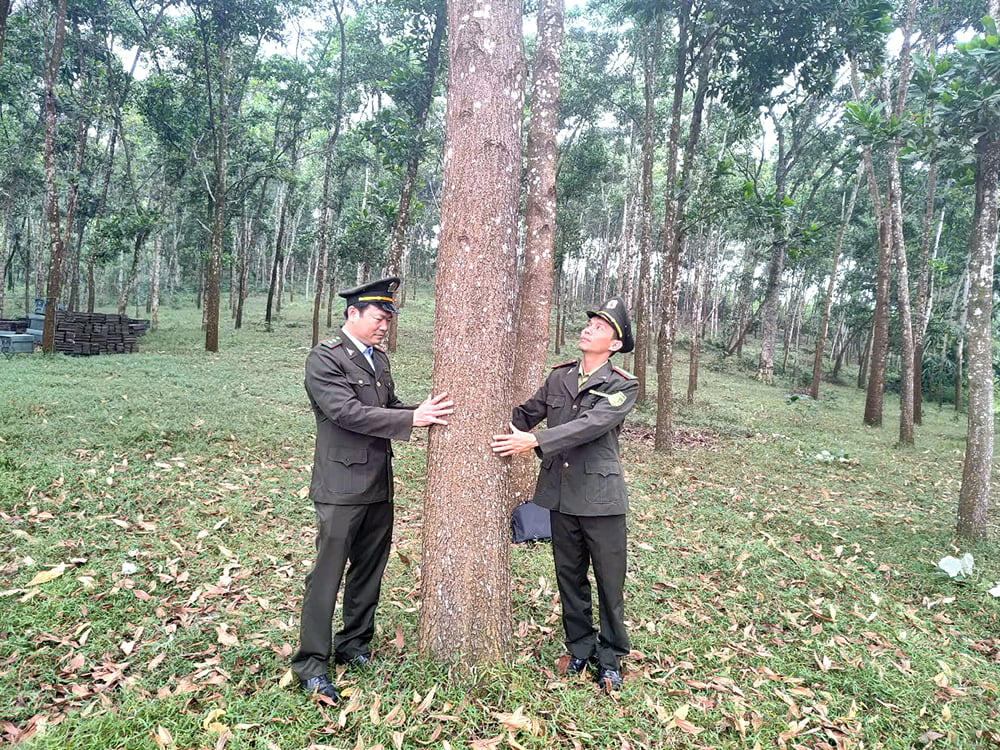




![[Photo] Visiting Cu Chi Tunnels - a heroic underground feat](https://vstatic.vietnam.vn/vietnam/resource/IMAGE/2025/4/8/06cb489403514b878768dd7262daba0b)





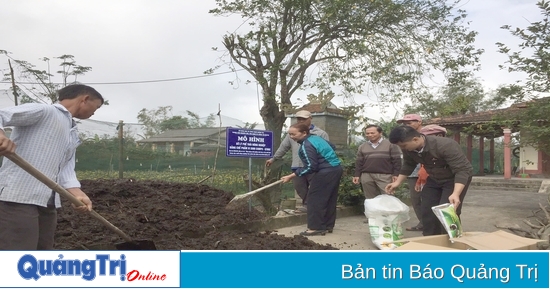

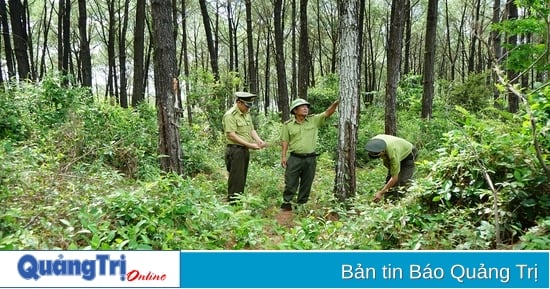
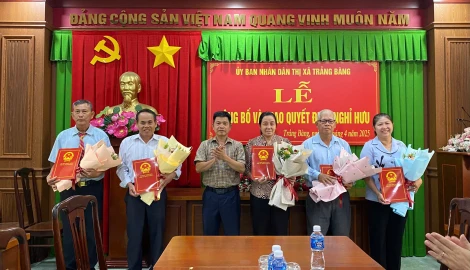




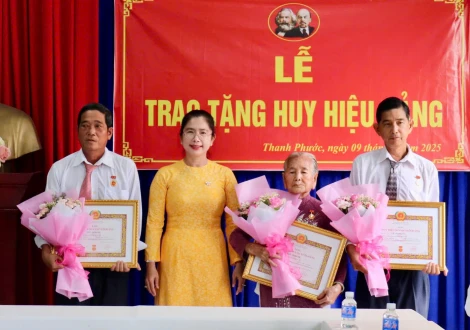



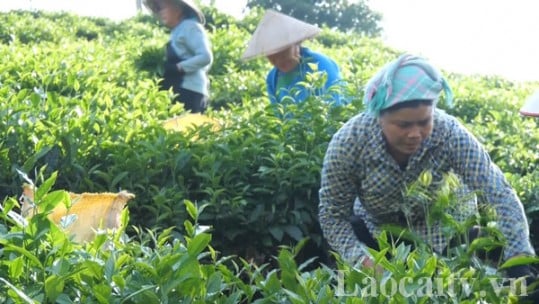

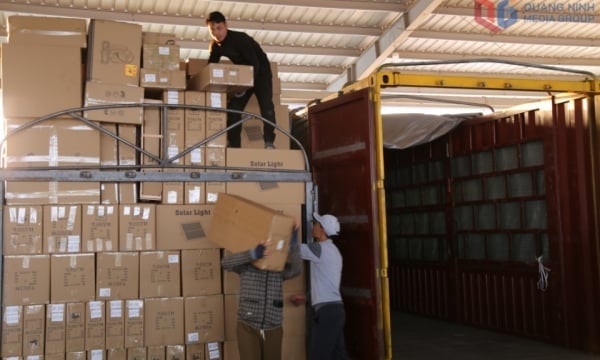
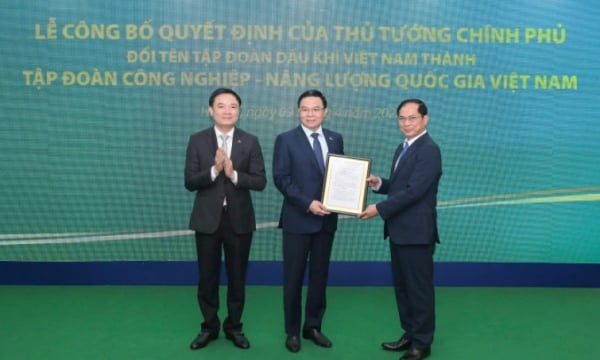
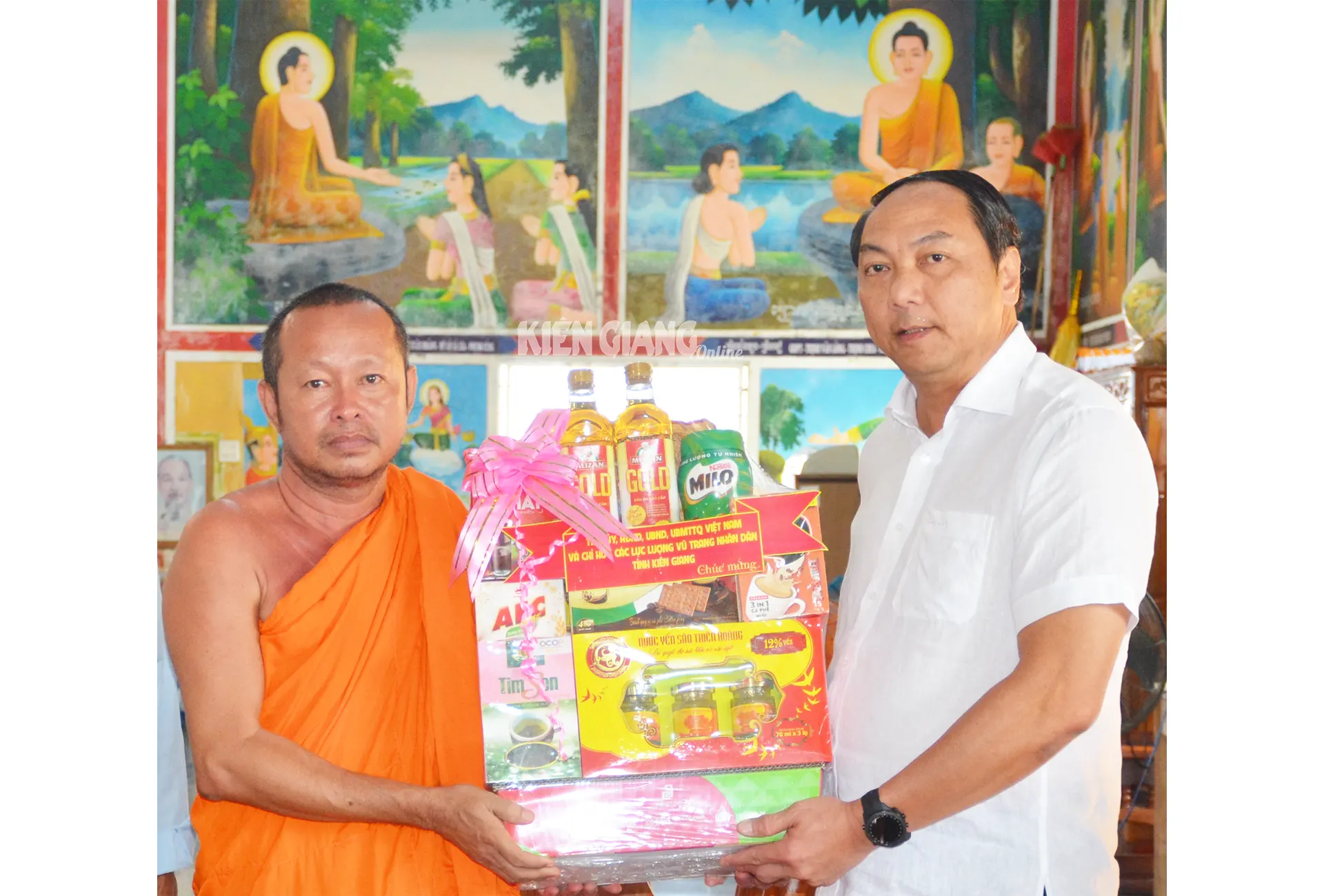
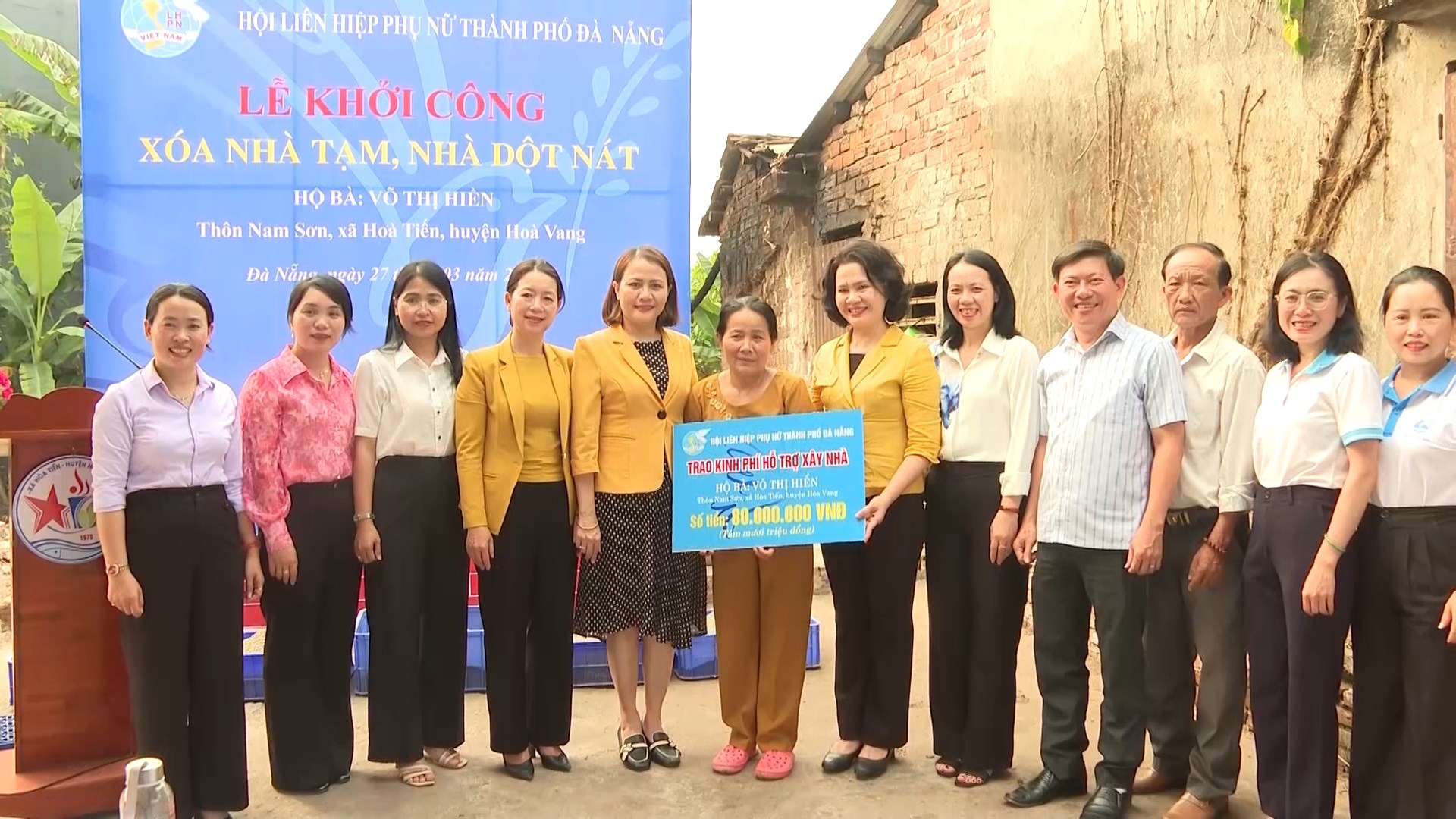























































Comment (0)